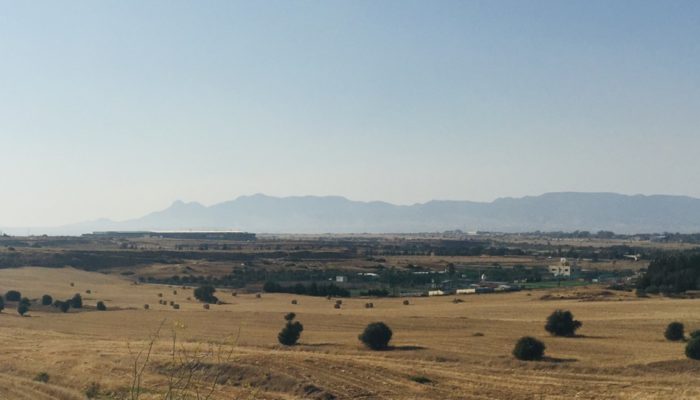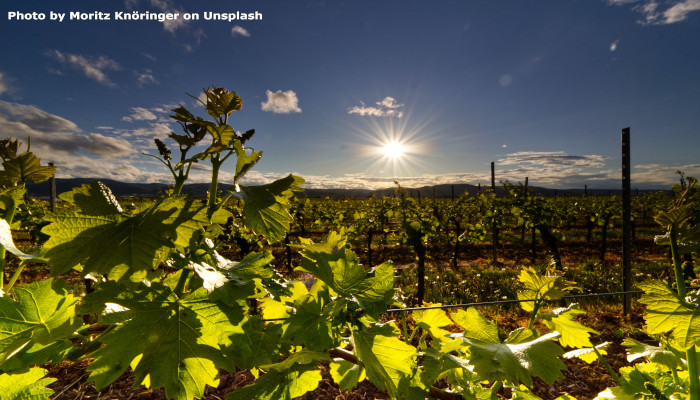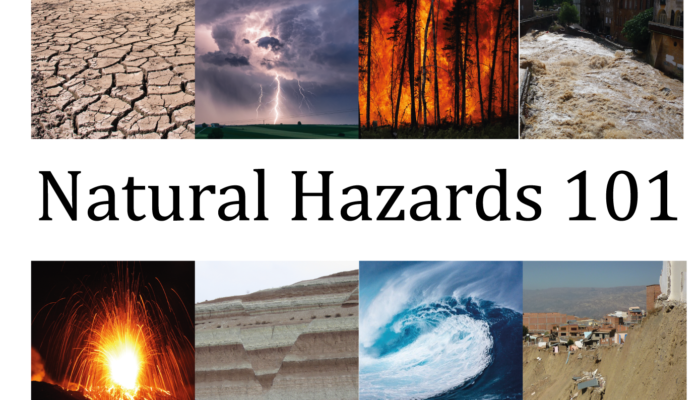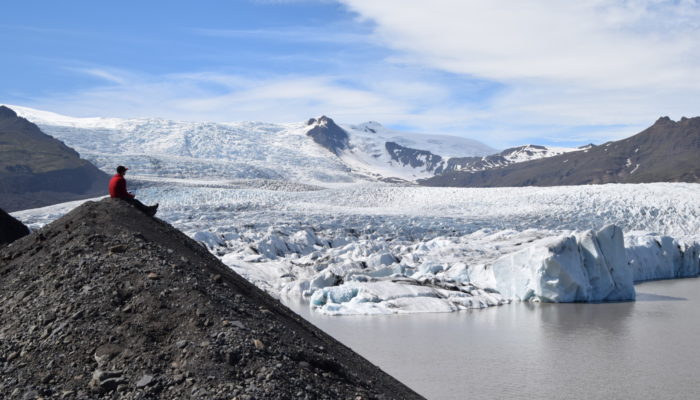Diane is on top of her research. Not only that, her education is unparalleled and with this background she is therefore in a perfect position to adjudicate the works of others: A scientist I know published a paper drawing the wrong conclusions from their own research. How should I let them know? Dear Diane, As per the title of this very post, you simply write a comment. Submit this to the journal ...[Read More]
Climate: Past, Present & Future
HighPasm project: Understanding the climate & social vulnerability in the Island of Cyprus for the last millennium
What is this project all about? This project investigates the social responses of the society to environmental stress in the context of climate variability for the last millennium in Cyprus. Human societies had a variable response to changes in climate either due to differences in socioeconomic systems, land use, and health systems. Many health issues in societies are sensitive to both social and ...[Read More]
Geochemistry, Mineralogy, Petrology & Volcanology
Volcanoes and Wines, Part 2
And here we go, with the second part of “Volcanoes and Wines”! In Part 1 blog post we introduced you to the inevitably bond between wine and geology, with a focus on volcanic areas and minerals. We are sure we left you with a taste of volcanic soil in your mouth, wondering where you can savour red and white glasses of wine at the foot of a volcano. Today we introduce you to some unusual and ...[Read More]
Geodynamics
5 additional geodynamic movies to watch
More than a year ago Iris made a great list of geodynamics themed (bad) movies. Since there are so many amazingly bad (and a few good) geodynamics themed movies out there, we felt that it was time for some additional movie recommendations. I tried to keep the list varied with some over-the-top movies and some which are very down to earth, or in some cases more correctly phrased: down into the eart ...[Read More]
Atmospheric Sciences
Face masks effectively limit the probability of SARS-CoV-2 transmission
Face masks have been widely advocated to mitigate the airborne transmission of viruses including the severe acute respiratory syndrome coronavirus 2 (SARS-CoV-2) (e.g., Lelieveld et al., 2020). They can reduce the emission and spread of respiratory viruses through airborne droplets and aerosols as well as the inhalation of airborne viruses. The effectiveness of masks, however, is still under debat ...[Read More]
Seismology
Seismology Job Portal
On this page, we regularly update open positions in Seismology for early career scientists. Do you have a job on offer? Contact us at ecs-sm@egu.eu Please, note that other available research positions are displayed on the EGU Jobs Portal. Special Thanks to Eric Löberich for researching job postings for the ECS.
Natural Hazards
Natural Hazards 101: Forecasting and modelling
With the Natural Hazards 101 series, we mean to bring our readers closer to the terminology often used in the field of natural hazards, but that may not be so familiar. In the first episode of the series, we focused on the definition of hazard and natural hazard. We moved then to the concept of risk, which brought us to define exposure and vulnerability. Later on, we digested the disaster terminol ...[Read More]
Geodynamics
Work-life balance during a PhD
Doing a PhD is one of the most rewarding experiences in life. You get to conduct your own research, develop your skills, and ultimately become a doctor! Think back to when you were told that your application was accepted, and you were going to start the PhD position. I bet you were excited and nervous; I know I was! However, after starting your PhD, the excitement may fade and stress can start to ...[Read More]
Tectonics and Structural Geology
TS Must-Read – Lister and Davis (1989) The origin of metamorphic core complexes and detachment faults formed during Tertiary continental extension in the northern Colorado River region, USA
Lister and Davis (1989) is a seminal article for core complexes and detachment faults, cited well over a thousand times. The authors describe geometry and kinematics of core complexes, cropping out in the USA, which result from lithosphere extension. The paper carefully describes the main detachment fault separating lower plate from upper extending plate and discusses the role of granitoid intrusi ...[Read More]
Cryospheric Sciences
Cryo-adventures – Undertaking Cryo-Fieldwork in a Global Pandemic!
Have you ever wondered what undertaking cryo-fieldwork in a glacial environment typically involves? Well, what about undertaking cryo-fieldwork in a glacial environment during a global pandemic?! Read on to find out all about the challenges I faced on my recent trip to Iceland in July 2021… Fieldwork Preparation As this previous blog post highlights, undertaking cryo-fieldwork requires a significa ...[Read More]









